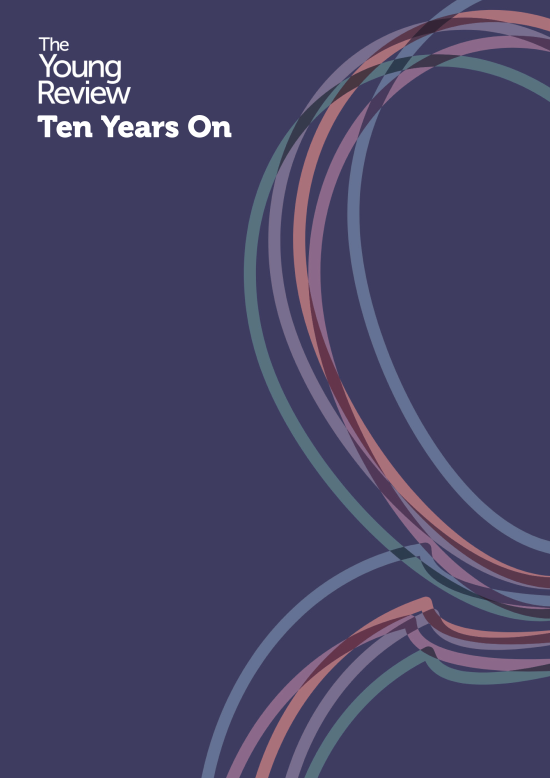On Tuesday 22nd September 2015 NPC held an event on the Justice Data Lab to provide an update about the information it can provide, and also about the data labs they are discussing with other government departments.
Launched as a one year pilot in April 2013, the Justice Data Lab was set up by the Ministry of Justice (MoJ) to help organisations access data on the rate of re-offending for their service users. Organisations submit data on a group of service users they have been working with and the MoJ create a matched control group who haven’t received the service and whose reoffending rates can be compared against in order to understand the impact of the intervention.
Originally the Justice Data Lab was only able to provide a binary reoffending rate (the number of offenders who had or hadn’t reoffended) for a group of service users compared to a matched control group. However, since the pilot phase there have been a number of developments and it is increasingly able to provide other insights too…
1. New measures in addition to the reoffending
The Justice Data Lab is now able to provide information on the frequency of reoffending and the length of time to the first re-offence. This gives a more detailed picture of the desistance journey away from crime than the original binary reoffending rate alone. In the future, the MoJ are also hoping to provide information on the severity of any re-offences.
2. Breaking analyses down by region or prison (type)
The MoJ are now able to use information about the region people are in, or the types of prisons they are held in, when they match with the control group. At NPC’s event we heard how Prisoners’ Education Trust are considering using this to compare reoffending rates between prison regimes they know to be supportive of prison education, and those that are less so, in order to understand the difference this can make.
3. More detail on the characteristics of individuals in the analysis
When the Justice Data Lab first launched it was unable to provide analyses for services that worked with people with substance misuse issues. The MoJ weren’t able to ensure that the control group would also have these issues, and because we know that people with these needs are more likely to reoffend it would mean that they wouldn’t be comparing like-for-like. However, by using Offender Assessment System (OASys) data they are now beginning to be able to match these and other criminogenic needs in order to include more detail on the characteristics of individuals in the analysis.
4. Combining analyses for similar services
At the moment organisations need at least 60 service users in order to submit a project to the Justice Data Lab, and as a result this has represented a significant challenge for some smaller organisations. However, we are now seeing examples of some organisations being able to overcome this. In May results were published on women’s centres across the country. These women’s centres provide a significantly similar enough service to be able to submit their data together, and this might be a way forward for other services particularly where their model is locally franchised. However, for organisations submitting their data together, it is important that the services are similar enough otherwise the results would be meaningless.
5. Opportunities to use the data alongside and as part of other evaluation work
The results from the Justice Data Lab provide one part of the jigsaw puzzle which when complete gives a true picture of an organisation’s impact. To complete this picture the results can be used alongside qualitative data about what service users think about the service and how it has helped them. They can also be used to help you formulate theories you might want to explore further. For instance Prisoners’ Education Trust submitted the data of individuals they were unable to provide education grants to and found that this group also had a lower reoffending rate than the matched control group. This leads them to believe that the motivation and ambition to undertake educational activity is key to desistance and this is something they can now explore further. They are also using the results from the Justice Data Lab to work with other researchers to look at the cost benefit analysis of their work.
What's new
Blogs
Homelessness Strategy Blog
Publications
The Young Review - 10 Years On
Latest on X
The role is for a leader from an organisation focused on racially minoritised people, with expertise in service delivery, policy, advocacy, or related areas in criminal justice. Racial disparities are present at every CJS stage. This role ensures these voices are central in shaping policy to help address and eradicate them. Apply by Mon 18 Nov, 10am. More info: https://www.clinks.org/voluntary-community-sector/vacancies/15566 #CriminalJustice #RR3 #RacialEquity

